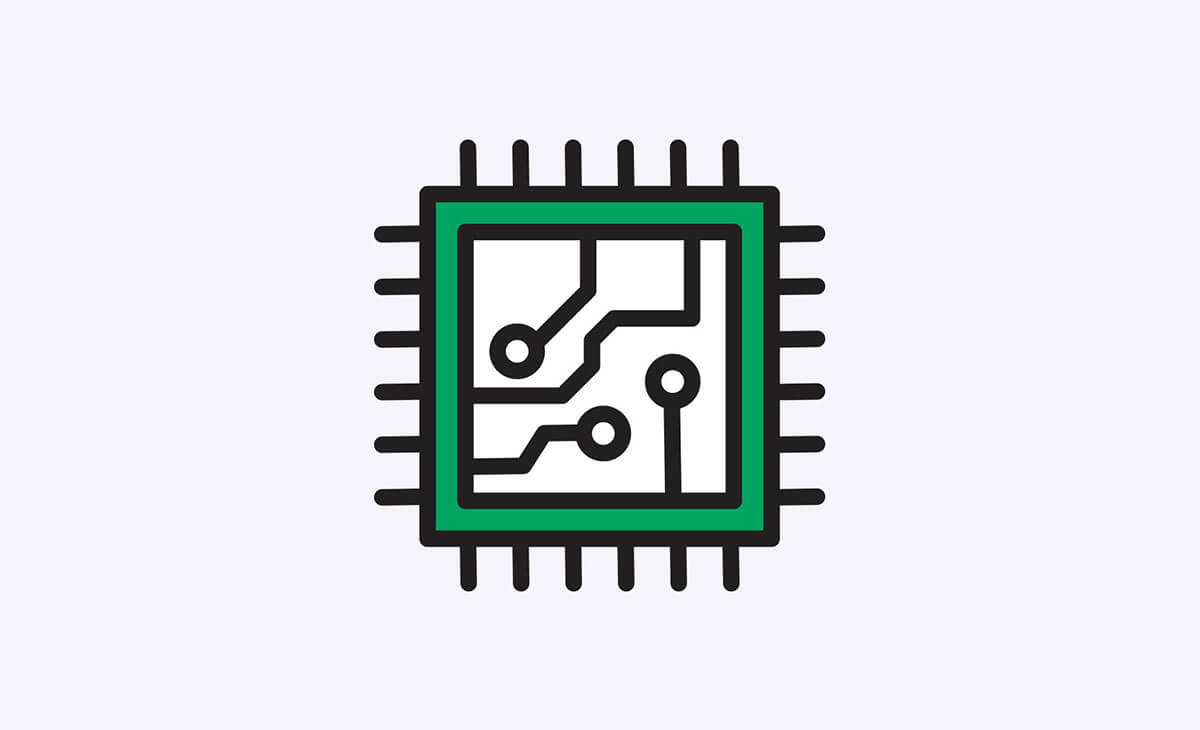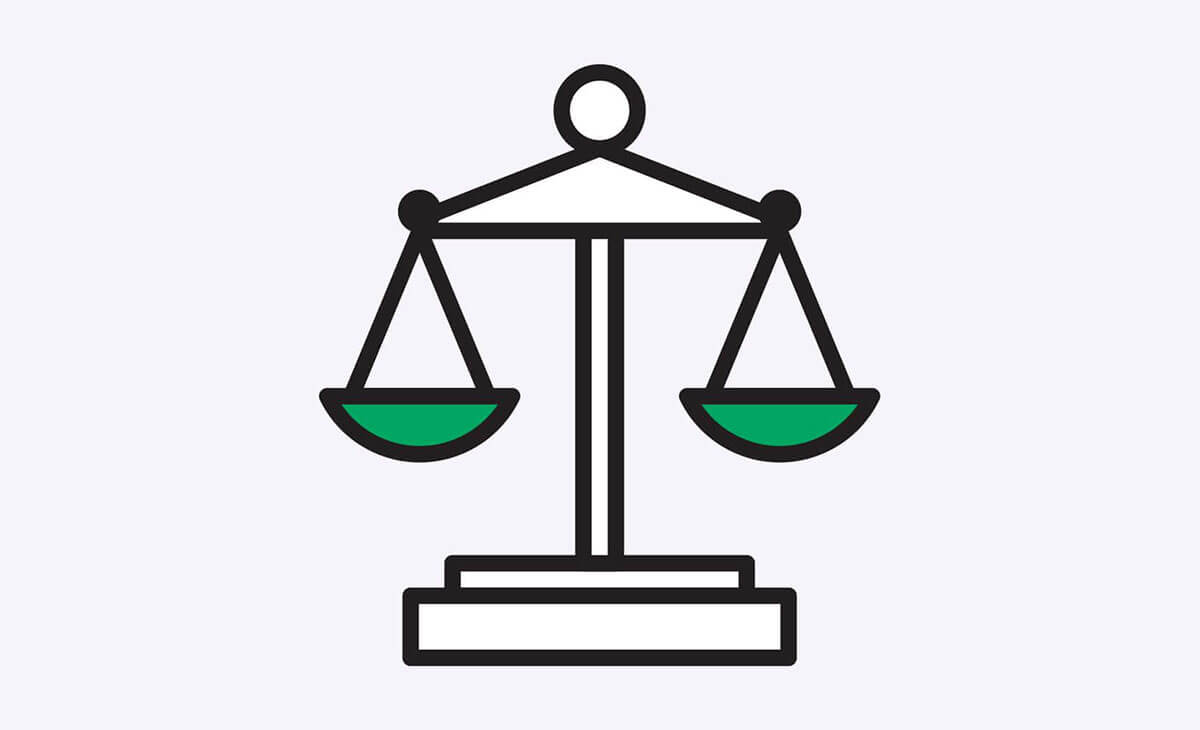Increasingly powerful technology is transforming industries worldwide, and there’s more to come. Even white collar work like that done by lawyers and doctors is more-and-more susceptible to tech-driven change. MIT’s Eric Brynjolfsson & Andrew McAfee’s excellent “Winning the Race With Ever-Smarter Machines”, the cover story of the MIT Sloan Management Review’s Winter 2012 issue, explains why technology is advancing so fast, how it will advance even faster, and how man plus machine is more powerful than each on their own.
Brynjolfsson and McAfee commence by relating how quickly technology has advanced in recent years. They include the example of driverless cars: in 2004, it was hard to imagine computers able to drive; in 2010, Google announced that seven of their test cars had driven 1,000 miles without human intervention and over 140,000 miles with only occasional human control. Brynjolfsson and McAfee assert that such dramatic progress is due to the cumulative impact of Moore’s Law played out over time. Moore’s Law relates that number of transistors that can be placed on an integrated circuit doubles every year or two (there is a lot more detail on the Law available). More broadly, Moore’s Law has come to stand for computing power’s rapid and dramatic increase. Brynjolfsson and McAfee add that quick doubling may not seem like a big deal at first, but then it does, and then it just keeps happening; doubling represents much more than straight-line growth. If computers able to drive was unimaginable six years before it happened, it should take far less than six years for comparable innovation to happen now. They continue,
These results will be felt across every task, job and industry. … computers increase productivity not only in the high-tech sector but also in all industries that purchase and use digital gear. And these days, that means all industries; even historically low-tech American sectors like agriculture and mining are now spending billions of dollars each year to digitize themselves.
Professionals including lawyers will be affected by increasingly-powerful technology. Brynjolfsson and McAfee have written, including in a heavily-reviewed recent book, about man’s “Race Against the Machine”. While humans competing with computers in tasks computers are good at is generally a losing strategy, Brynjolfsson and McAfee suggest that that man plus machine is often much more powerful than each alone. And that human + computer combination may unlock immense advances and value gains in coming years.
Software is increasingly able to do legal work. This is occurring at multiple levels of practice, including services like LegalZoom or Rocket Lawyer preparing simple personal legal documents and software doing document review better than humans can. There is much more of this to come, and lawyers and firms should consider how to respond if tech pops up that can do their job faster, more accurately, and (often) for dramatically less money. Brynjolfsson and McAfee’s writing suggest that the solution is to work with technology to do even better work than was possible before. Lawyers have already seen how they can leverage technological tools, ranging from word processing programs to legal research search engines, to do higher quality work in less time. Attorneys who use, instead of fight, new technology will come out ahead. And maybe make more money being more efficient in the process.


